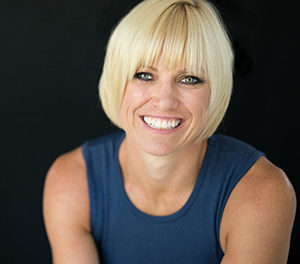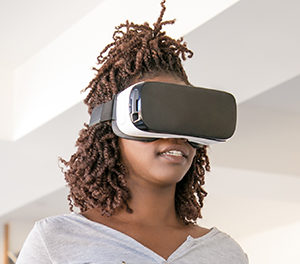Making STEM a bigger tent

Amid increased public discussion of racism in the United States, many organizations are putting more focus on diversity and inclusion, looking at new ways to build best practices that benefit all employees and create more equitable workplaces.
To learn more about this topic and the actions professionals can take, we spoke with Pam Jeffords, a partner in PwC’s Workforce of the Future Practice with more than 25 years of experience helping organizations work toward sustainable diversity, inclusion and engagement. Jeffords also has a couple of Oredigger connections: her husband, Steven Jeffords ’86, holds a geophysical engineering degree from Mines, and her daughter is currently a senior in civil engineering.
Jeffords said now is the perfect time for professionals to reassess their business practices and the ways in which they support inclusion in the workplace. “We are seeing a window,” Jeffords said. “It’s a combination of the pandemic and the reaction to George Floyd’s killing. There is a sense of urgency.”
What do you say to the idea that STEM fields are a meritocracy and have less need for diversity efforts?
Pam Jeffords: If it were a true meritocracy, no one would ever need to apply to Mines or for a job. You would know who out there is the best. What if you don’t have a large network, come from an underrepresented group or just arrived here from another country?
I’m not looking at the job boards every day, but people in my network will let me know about openings. Those nudges—that’s what makes people with bigger networks succeed faster.
How can STEM organizations foster diversity and inclusion?
Jeffords: The first thing you want to do is look at your data. It can tell you where gaps are: hiring rates, promotion rates, every dimension of demographic. We allow the data to point us around that moment, then focus in and do interviews.
We use AI and gamification to conduct focus groups, allowing us to collect perspectives from thousands of people in a couple of days. It also allows us to engage everybody in conversations that can be sensitive, for example conversations about systemic racism.
How can individuals contribute to these efforts?
Jeffords: Previously, the push was to think your way to a new way of acting: read this book, watch this movie, have a dinner party and invite people over who are different from you. However, you can’t think your way to a new way of acting. We believe you can act your way into a new way of thinking.
For example, introverts, or individuals from underrepresented groups, might find it a challenge to speak up in meetings. If I send you a pre-read 48 hours in advance, I’ve given you the time to process the information and signaled that I really want your feedback. And if someone doesn’t speak up or can’t make the meeting, they still have the opportunity to share their thoughts or ask questions.
We also remind leaders that making eye contact with everyone is a form of inclusion. At PwC, we leverage a concept called “the critical few”—adopted from a book of the same name—that focuses on the few actions leaders can take to demonstrate inclusion. You don’t have to do 100 behaviors—just do three repeatedly until it becomes a habit.
What about combating racist behavior directly?
Jeffords: We can all start with calling people in to a conversation instead of calling them out for getting it wrong. But, if you are in a position of leadership, sometimes you do need to call out bad behavior.
It does take some practice, because it might take a second to process something as bad behavior, then you let that slide and the moment is gone. It also helps to invite people to give you direct feedback when you yourself say something wrong—that is when you really develop into an inclusive leader.





